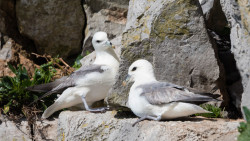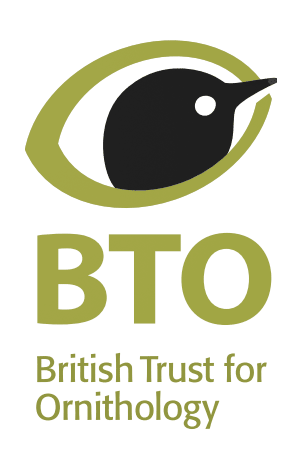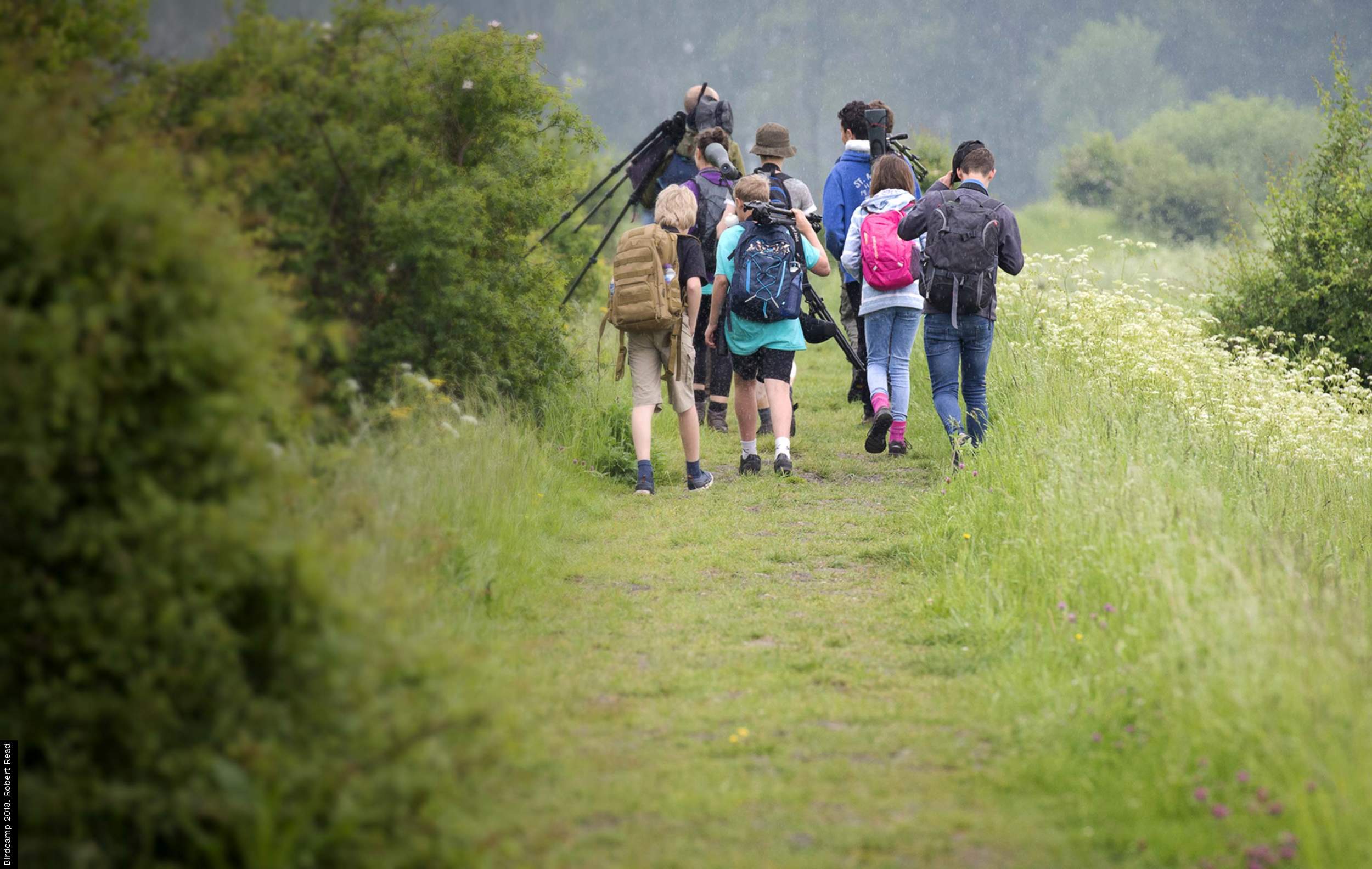Seabird ID and ecology (2 sessions, Wednesdays 7pm)

- Level
- Beginner/Improver
- Presenter
- Nick Moran, Emily Cuff, Viola Ross-Smith
- Date
- Wednesday, June 16, 2021 - 19:00 to Wednesday, June 23, 2021 - 19:00
- Places
- Fully booked
Learn how to recognise our internationally important breeding seabirds, and find out about their ecology and the threats they face.
Unfortunately this time-slot is now fully booked but the good news is that this course will run again on Thursdays 8 and 15 July at 7pm!
This course involves two weekly online sessions of 90 minutes, with a trainer:participant ratio of about 1:30. Participants' microphones are muted during the sessions but there is a large interactive component, using chat messaging, polls and non-verbal signals to your webcam. The live sessions are complemented by supported self-study exercises which participants are encouraged to complete between the sessions. We place a strong emphasis on providing tools and techniques that will help you to continue your learning after the course.
The training will be run by BTO staff Nick Moran, Emily Cuff and Viola Ross-Smith, all experienced birdwatchers, surveyors and trainers.
In order to participate you will need broadband of sufficient speed to view live video, and a computer with sound and ideally a webcam, or a tablet.
The two sessions will cover the following:
SESSION 1: Auks, larger seabirds and tubenoses
Wednesday 16 June, 7pm
This session will start with a close look at our breeding auks: Guillemot, Razorbill, Black Guillemot and Puffin, covering identification of adults in breeding and non-breeding plumages, and an overview of their ecology. Next, we’ll introduce some larger seabirds: Gannet, Cormorant, Shag and the large gulls. The final part of the session will focus on the ecology of tubenoses: Fulmar, Manx Shearwater and petrel species.
SESSION 2: Smaller gulls, terns and skuas
Wednesday 23 June, 7pm
After reviewing the homework activities, we will look at the smaller gulls and terns that breed in the UK. We will only cover these species in breeding plumage – the plumage that adults are typically seen in at their breeding colonies. The second part of this session will focus on the ecology of Arctic Skua, and the fascinating movements revealed by BTO tracking work on this species and some of the large gulls.
Note that we will not cover the identification of seabirds that most birdwatchers only see offshore during migration: skuas, shearwaters and petrels.
COST: We have been able to subsidise this course, thanks to the generous support received for the Our Lost Seabirds appeal. The programme of two weekly sessions and supported self-study exercises costs £10. Participants are strongly encouraged to attend both sessions to get the maximum benefit. We are unable to offer single sessions at a reduced price. If the cost is a barrier to you, please contact us by email: training [at] bto.org
This course is designed for amateur birdwatchers and bird survey volunteers – professionals seeking training should contact us by email.
After booking you should receive an automatic confirmation email. If this doesn’t arrive, please check your spam/junk email folder and if it is not there, or you have any other questions or booking issues, please email us at training [at] bto.org



Share this page